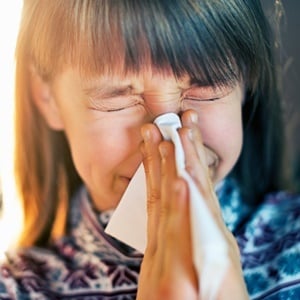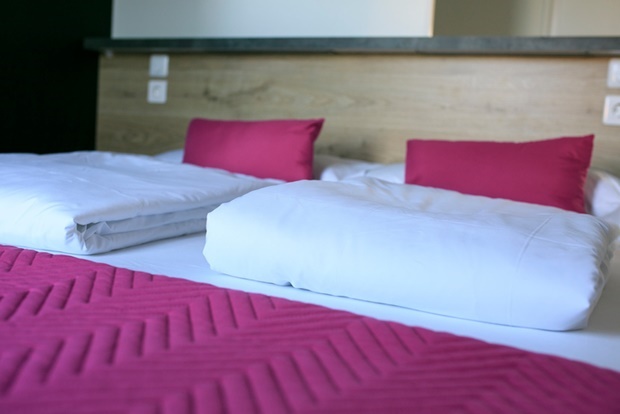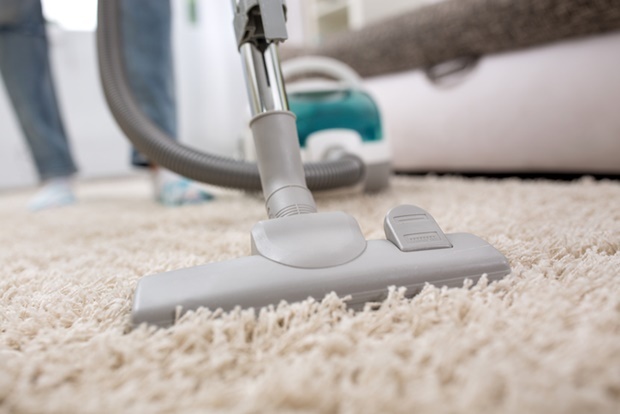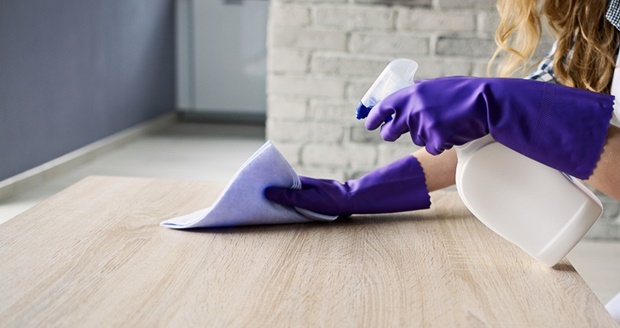
Your home is your sanctuary – a place where you should feel safe, relaxed and stress free after a long day. But what if your home is the source of your allergies?
There are 47 different species of house dust mites, and one of the most common ones – Dermatophagoides pteronyssinus – lives in places in your house where it is warm and muggy, such as bedding, carpeting and furniture.
Health24 previously reported that a person may be allergic to chitin (a major component of the dust mite body) and/or their digestive enzyme DerP1 (present in their faeces and carcasses). This mixes with dust and becomes airborne.
Approximately 25% of people suffer from allergic rhinitis, according to Associate Professor Jonathan Peter from Groote Schuur Hospital and the University of Cape Town Lung Institute.
When an individual who is sensitised to the allergen DerP1 inhales the “contaminated” air, allergic rhinitis symptoms such as a runny nose, sneezing, and watery eyes may occur.
But there are certain things you can do in and around your home to reduce dust mite allergen exposure:
1. Wash bedding weekly
If you’re spending a lot of time in one place it needs to be clean. We spend roughly seven hours in bed, sweating and collecting dust and dirt on our bodies. That’s nearly 50 hours a week! So why would you not want to keep this area clean and hygienic?
Dust mites live, die, and reproduce in your bed sheets, and one way to control this microscopic infestation is by using special linen covers, says Prof Peter.
“These special covers have tight gaps between the threads, preventing the accumulation of dead human skin cells that dust mites feed off.”
Another method is washing bedding at high heat, killing the dust mites embedded in the sheets, adds Prof Peter.

iStock
2. Clean carpets regularly
Carpets are soft and warm, but they also gather dust and dirt – especially from the bottom of your shoes.
Dust mites also live in carpets if they are not cleaned regularly.
“If you have carpeting in your home, invest in a vacuum cleaner with a HEPA filter. In this way the dust is not re-circulated into the air once you have cleaned it out of the carpet,” Prof Peter suggests.
"Carpets are not harmful to your health, unless you or your children are allergic to house dust mites. Although new carpets impregnated with silver nitrate can kill mites, not having carpets at all is best for people who are allergic to house dust mites."
Good regular cleaning is required if you cannot get rid of carpets.

iStock
3. Minimise clutter
Not only does clutter decrease productivity and increase stress, it also increases the amount of dust in your home – the more stuff you have, the more dust there will be.
“People with allergic rhinitis will be most affected by all the clutter,” says Prof Peter.
Regular cleaning and decluttering will control the allergens present in your home.
If decluttering your home is challenging, try getting rid of two items for every one new item you bring into your home. Donate the things you do not need.

iStock
4. Dust and vacuum frequently
Frequent cleaning, dusting and vacuuming is the most obvious way to reduce the dust and air pollution in your home.
Dusting or wiping surfaces clean with a damp cloth will remove dust from surfaces, while vacuuming gets any strays left behind after dusting. Just because you can’t see the dust or dirt does not mean it is not there.
“An ordinary vacuum cleaner may release the dust particles back into the air after vacuuming. By using a vacuum cleaner with a HEPA filter or water filter, the air remains clean,” explains Prof Peter.

iStock
5. Avoid smoking indoors
"Smoking should be avoided by all, not just those with house dust mite allergy. It is one of the most common air pollutants in the home. Second-hand smoke is also harmful as you are involuntarily breathing in the nicotine and toxic chemicals the same way smokers do," says Prof Peter.
The smoke also settles, especially in homes with a lot of carpeting and furniture, and is known as third-hand smoke. This combines with already present dust and other pollutants in the home, causing a toxic mix on indoor surfaces.
In order to control the air pollution in the home, you should smoke outside. Of course, the best option for your overall health would be to quit smoking altogether.

iStock
Read more:




 Publications
Publications
 Partners
Partners











